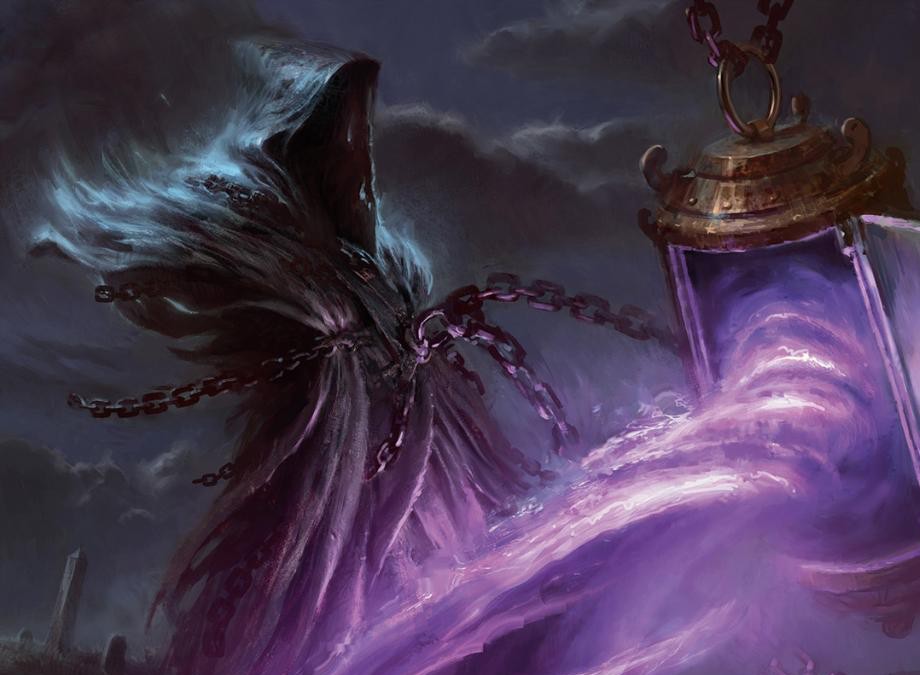When Pioneer was first announced, I was super excited with the opportunity to play a format that many dubbed to be "Standard All-Stars". Unfortunately, picking a deck to play meant dancing around WOTC's initial ban philosophy (especially if, like me, you didn't already have a significant collection of Pioneer legal cards). Thankfully, this decision to pick a fair, unbannable deck lead me to Spirits. While it was far from Tier 1 in the format's infancy, it has been able to establish itself as a solid tempo choice in Pioneer's current meta. Even if Spirits doesn't stay near the top, Collected Company is just so fun that I'll likely stick with it anyways.
With this past weekend's Players Tour results - with multiple top 8's across the last two PT's and a win in Nagoya, it seems like a good opportunity to examine the decklist, as well as the various sideboard options that are available and can be tailored to your local meta.
The Reason to Play Bant
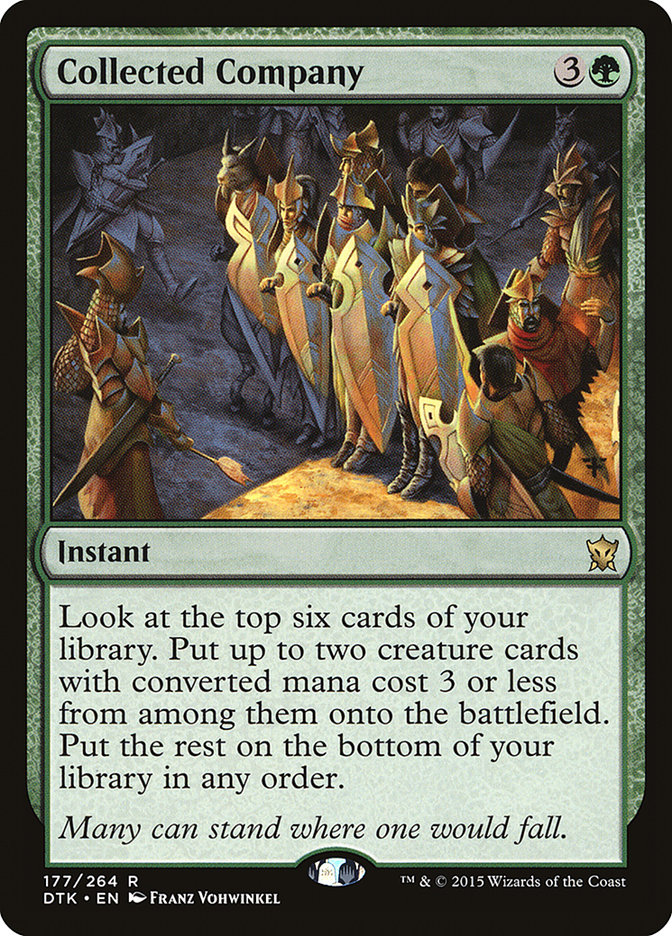
Bant Spirits is centered around the card Collected Company. At four CMC - three colorless and a green - you're able to look at the top six cards in your library, putting up to two creatures with CMC three or less onto the battlefield. Alone this is insane but made even better by the fact that this can all be done at instant speed. With that in mind, all of the creatures in this deck are able to be hit off of Collected Company, with various ETB triggers that allow for interaction with what our opponents are doing. In examining the creatures in this deck, all should be considered along with what hitting them off of a Collected Company could mean given a games current board state.
In any Collected Company list, the bread and butter need to be its creatures. The list needs to have enough that whiffing with Collected Company becomes next to impossible. Frank Karsten did the math here, concluding that twenty-two creatures are the absolute minimum that can be run - providing a 74% chance of hitting two creatures, or an EV of 1.68.
74% is not good enough though, so we'll be running thirty-two creatures, making the EV of a Collected Company over 1.9 creatures per. Hitting less than two can be devastating, as we are relying on it to be at least a two for one in card advantage, oftentimes more based on how it affects our opponent's board.
The Creatures
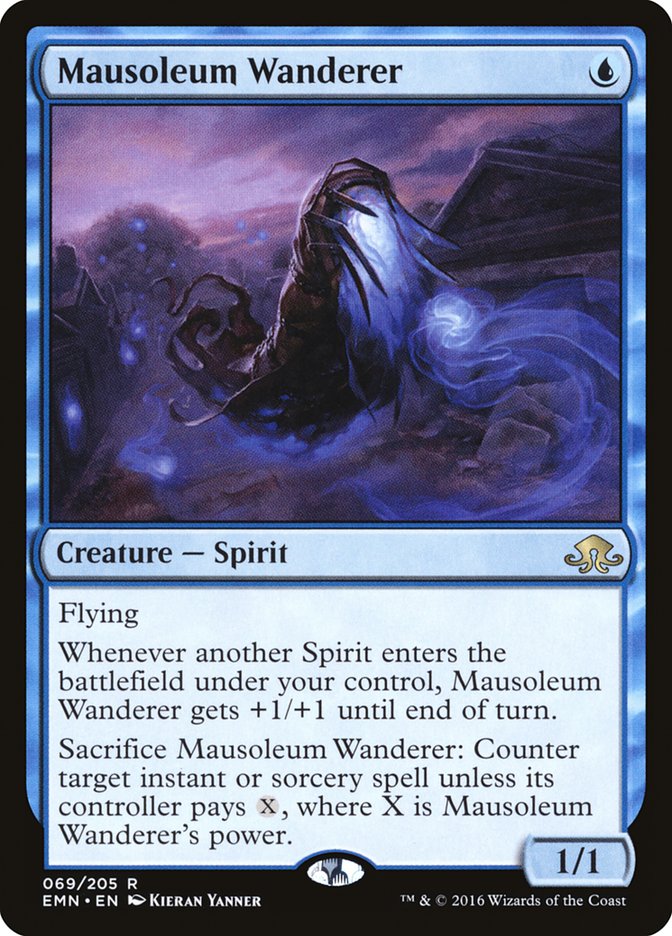
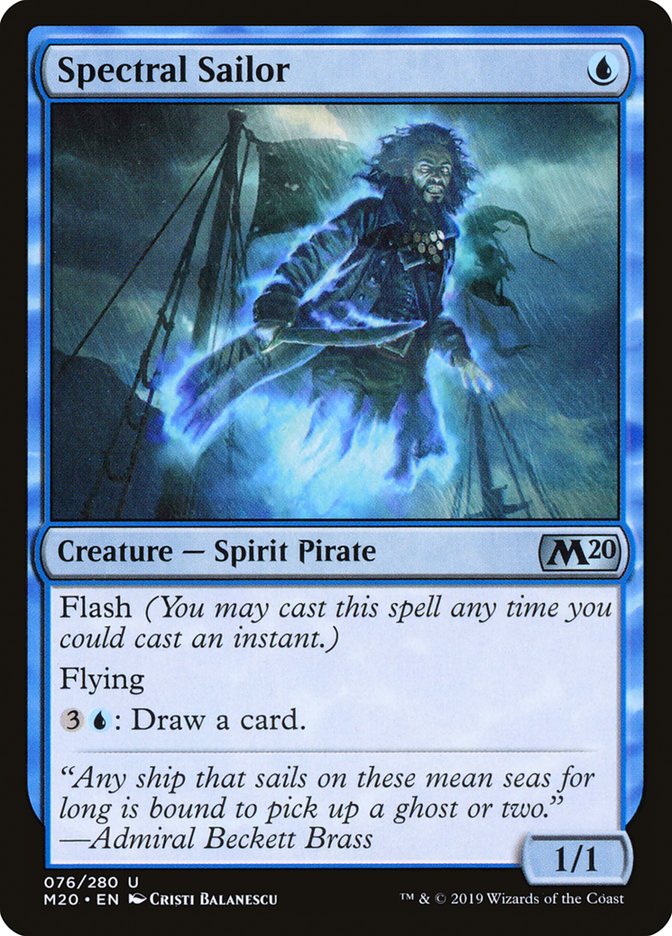
Mausoleum Wanderer is an absolute bomb, and any opener with it is going to be hard to want to mulligan. If you're curving out, a turn one Wanderer followed by a turn two Supreme Phantom means an attack for three in the air on turn two, thanks to its ability that cares about Spirit ETBs. It's activated ability is also incredibly relevant, essentially acting as pseudo protection against most removal.
Spectral Sailor, on the other hand, is much less exciting. Running four in the main is meant to increase your chance of a turn one play, but later in the game it becomes less and less relevant. Hitting two off a Collected Company, for instance, is not very great. While it can draw you cards later on, generally an aggro deck needing to rely on this means that you're not in a great spot. Often, boarding out some or all of these is one of the easiest cuts to make post board.
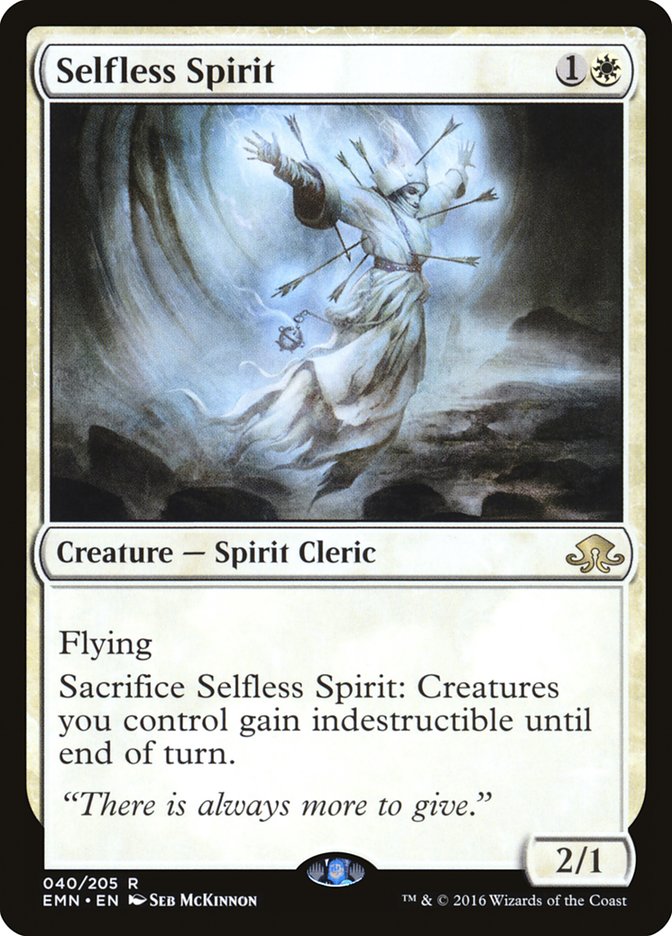
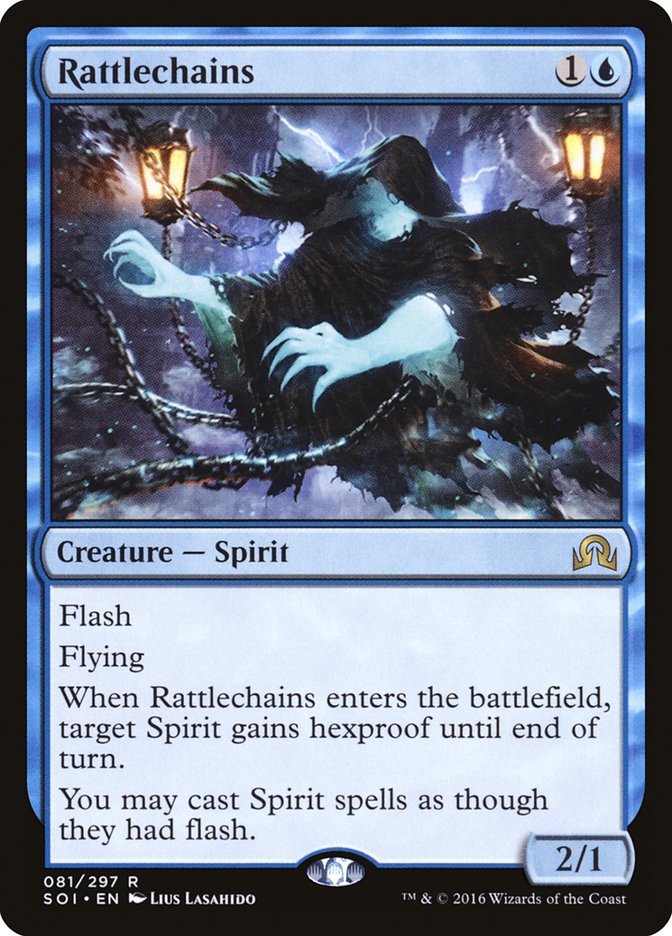
The 2 drops provide more utility. Selfless Spirit allows for some neat combat tricks off of Collected Company's, making lethal blocks or one-sided trades, while Rattlechains offers instant speed protection. Rattlechains gives the rest of your Spirits Flash as well, which provides another way to interact with your opponent's board without needing Collected Company. Flashing in a lord when your opponent thinks they have a free attack can be devastating.
.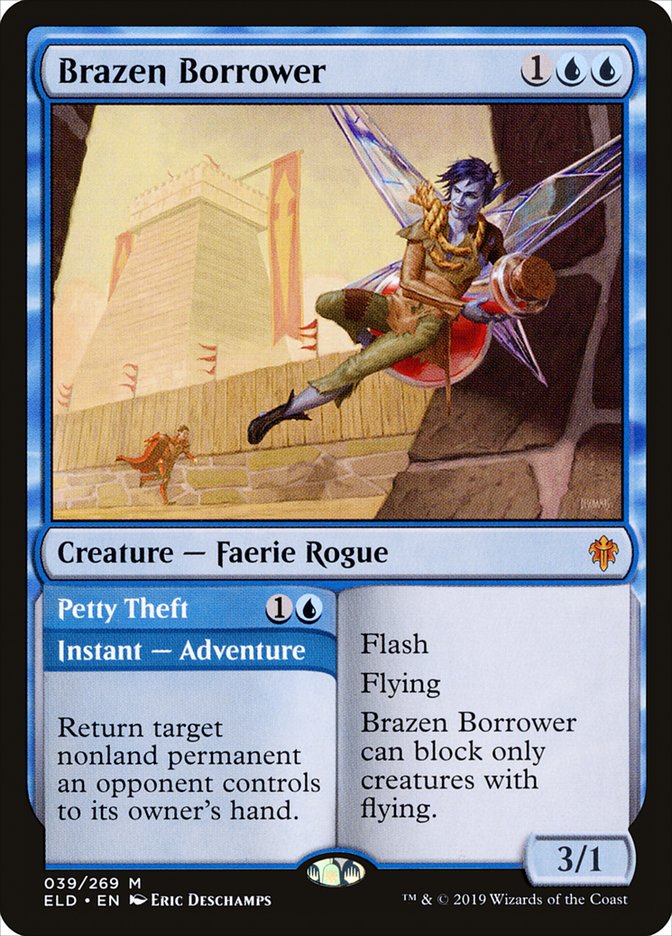
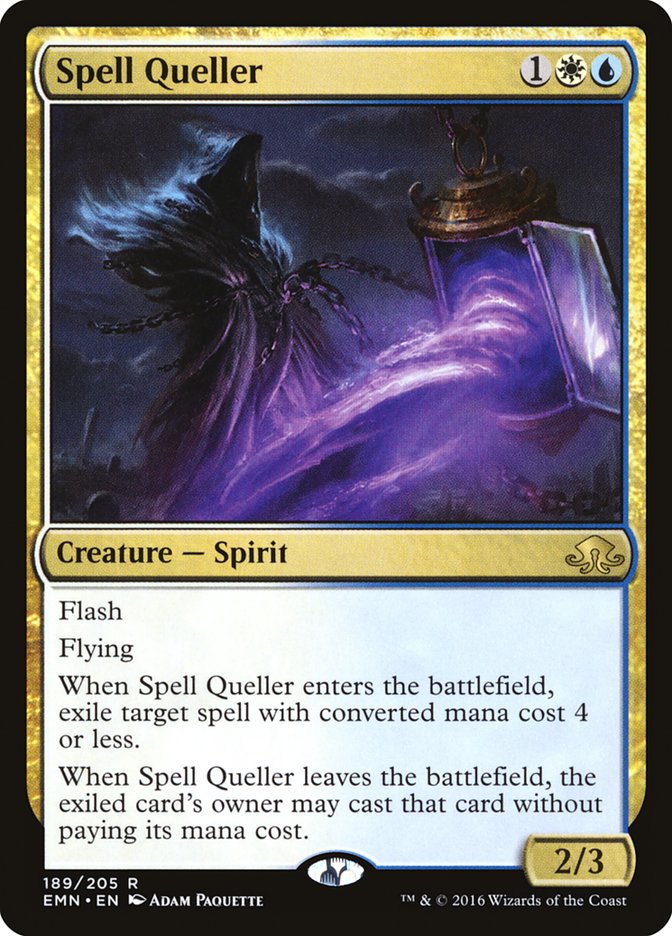
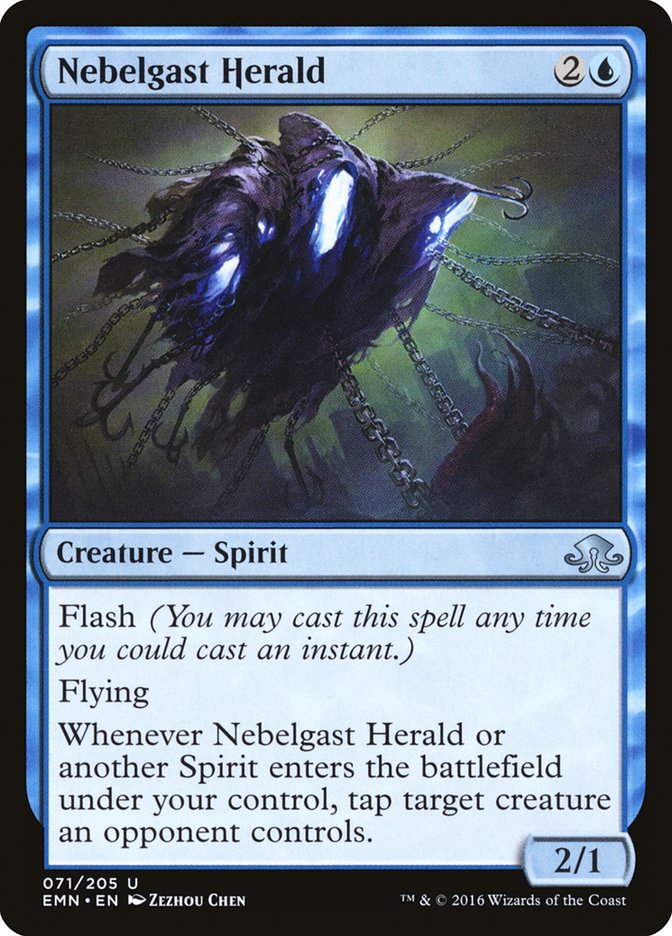
At three CMC, we get access to a bunch of creatures with flash. Brazen Borrower, while a three CMC creature, is most relevant when it's used as it's Adventure half - Petty Theft. The ability to bounce a pesky permanent, while waiting to be able to cast Spell Queller or Collected Company in response to it is fantastic, with its creature half acting as pseudo card advantage.
Spell Queller, along with Mausoleum Wanderer, rounds out our ability to interact with the stack, acting as a counterspell to anything with CMC four or less. By exiling the spell from the stack, rather than countering it, we are provided with one of the only ways to prevent things like Supreme Verdict from being cast. And since this ability to exile a spell is an ETB trigger, it means that we can cast a Collected Company in response to a spell, in order to find a Queller.
The last 3 drop here is Nebelgast Herald, a relatively recent addition to the mainboard. Herald allows us to tap down our opponent's creatures, slowing them down significantly. What makes it a true All-star though is that it also gives all of our Spirits this same ability, meaning that if it sticks around it will be very difficult for our opponents to find effective attacks. Hitting it off a Collected Company with a second creature means we get to tap two at instant speed, which can drastically swing games in our favor. Against any noncreature deck, this card loses significant value, meaning that it should be boarded out in favor of more suited utility.
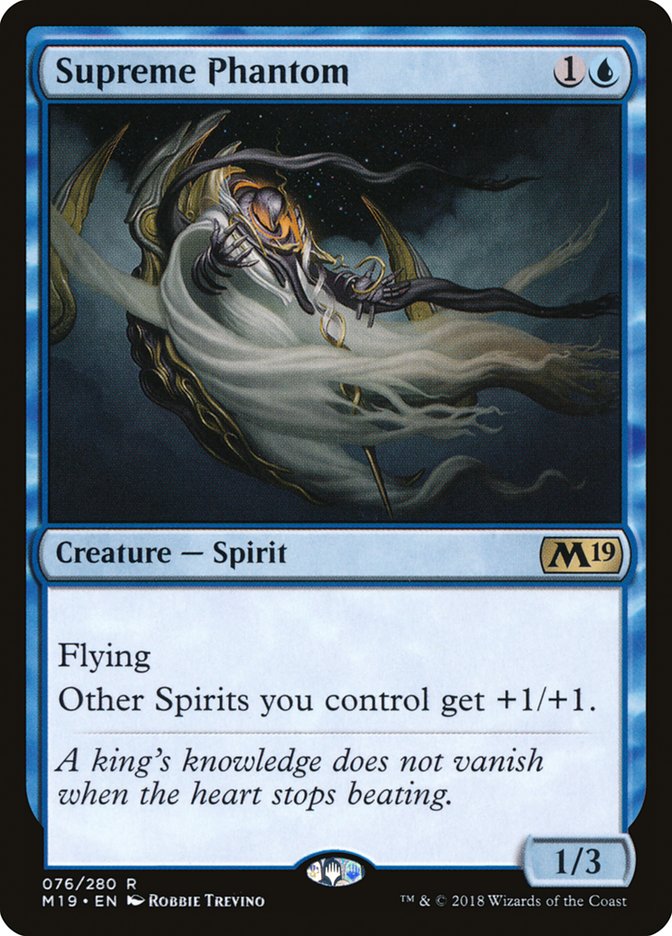
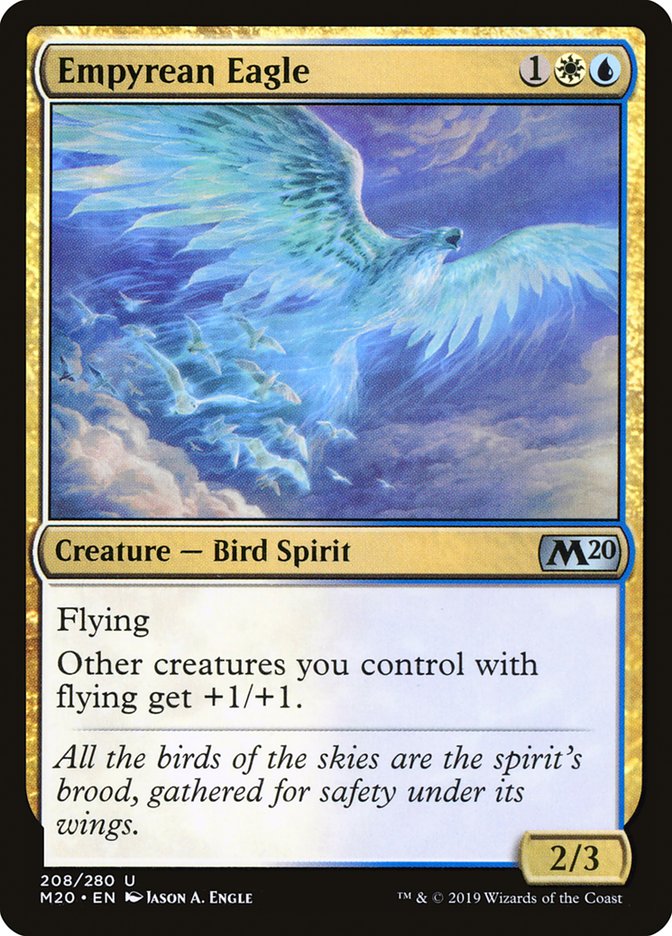
Rounding out our creature list is the 8 lords in the deck, Supreme Phantom and Empyrean Eagle. At two CMC and three CMC, respectfully, hitting these on curve puts your opponent on a serious clock. Hitting these of Collected Company can also oftentimes create lethal attacks out of nowhere, or one-sided blocks.
The Mana Base
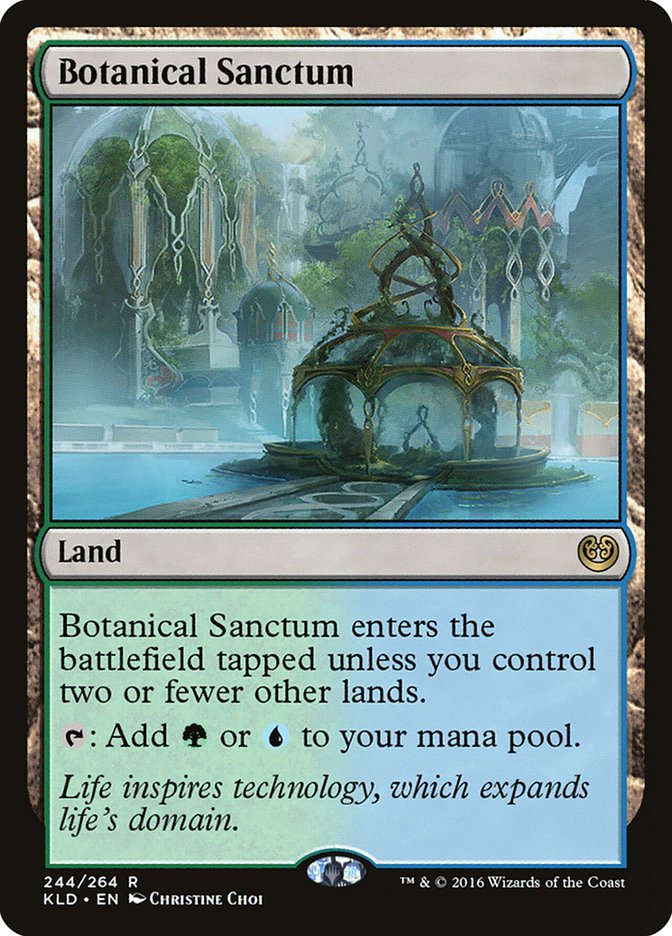
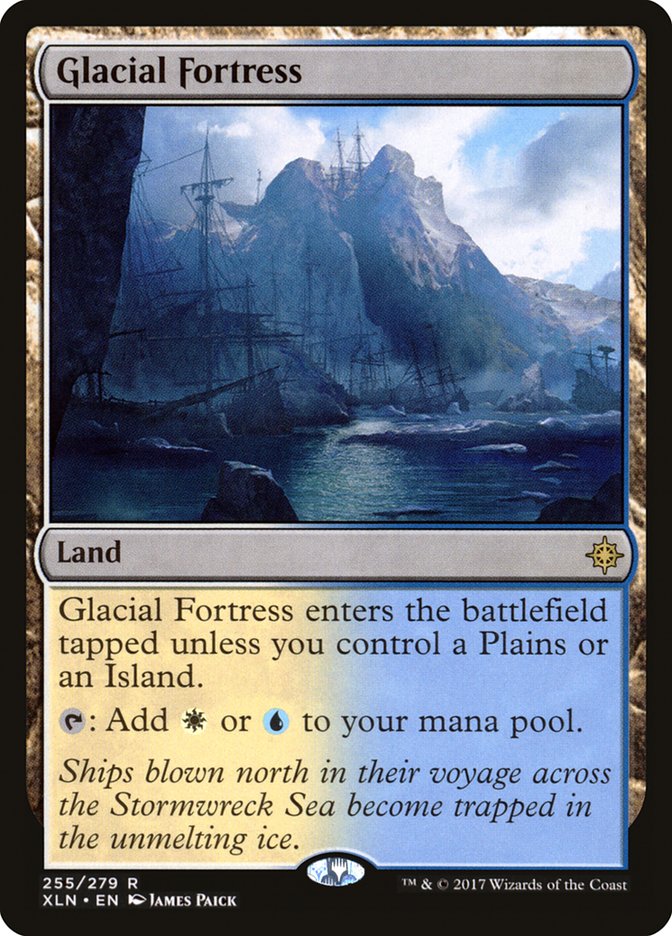
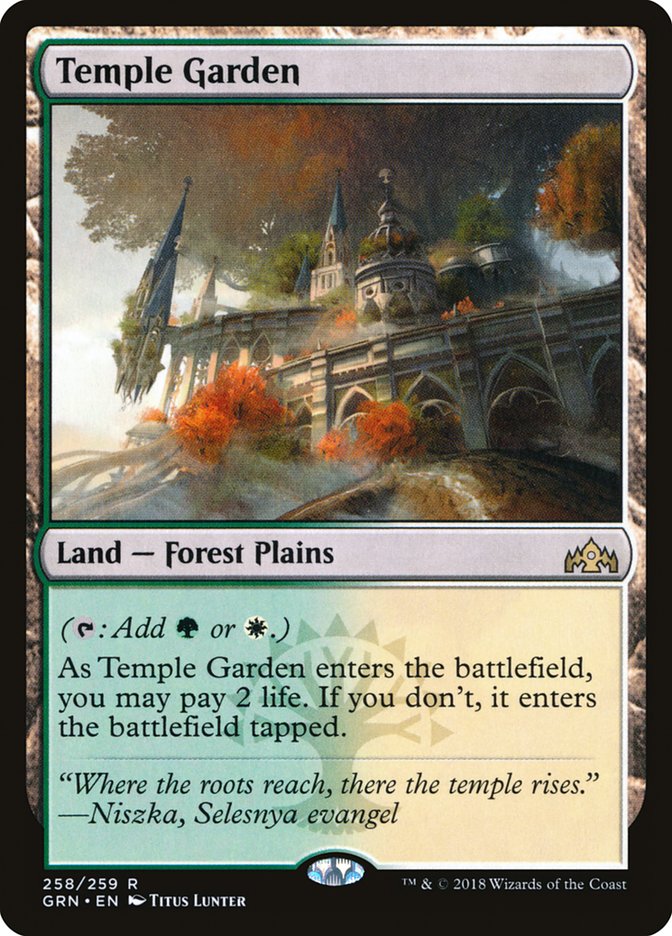
Let's begin by looking at the mana base. Spirits can be played in a couple of different ways, either as straight Azorious, or splashing green for Collected Company. Both have their advantages and disadvantages, with Azorious providing a significantly more consistent mana base, but losing out on the explosiveness that Collected Company can provide. The mana base for Bant involves running all 12 available shock lands, and the aggressiveness of the deck means that you rarely want to play these untapped, especially not in the first few turns of the game. It's not uncommon to have taken six damage from shocks by turn four, which in Pioneer is not an insignificant amount. Against other aggro matchups, especially Mono-Red, this can be a death sentence. Botanical Sanctum, on the other hand, is a fantastic land to have in your opener, allowing you to play it untapped until turn three. Glacial Fortress almost always enters untapped as well, thanks to the sixteen Plains and Islands in the deck – with two basics of each rounding out the mana base. It is absolutely possible to play twenty-three lands instead of twenty-four if you’re looking to add an additional card to the main (Spell Pierce can sometimes just get people), but I’ve found that doing so isn’t worth the hit you take in casting Collected Company on curve.
The Sideboard
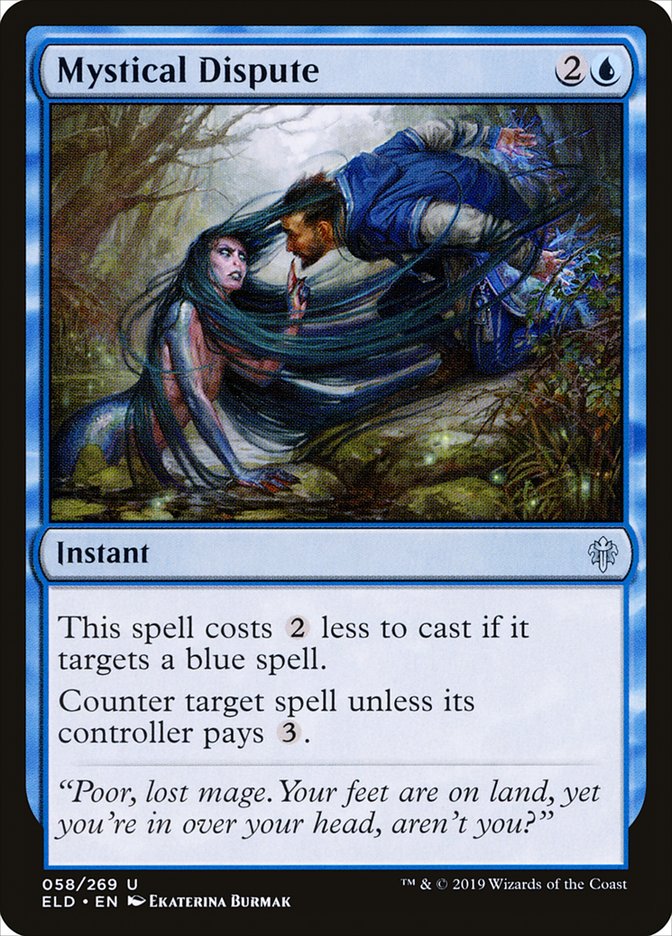
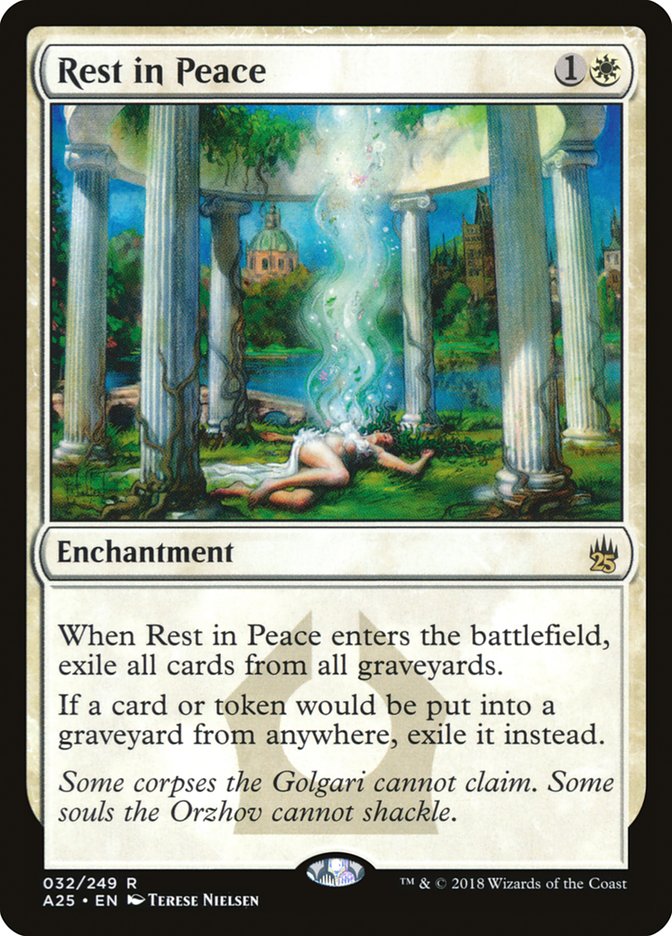
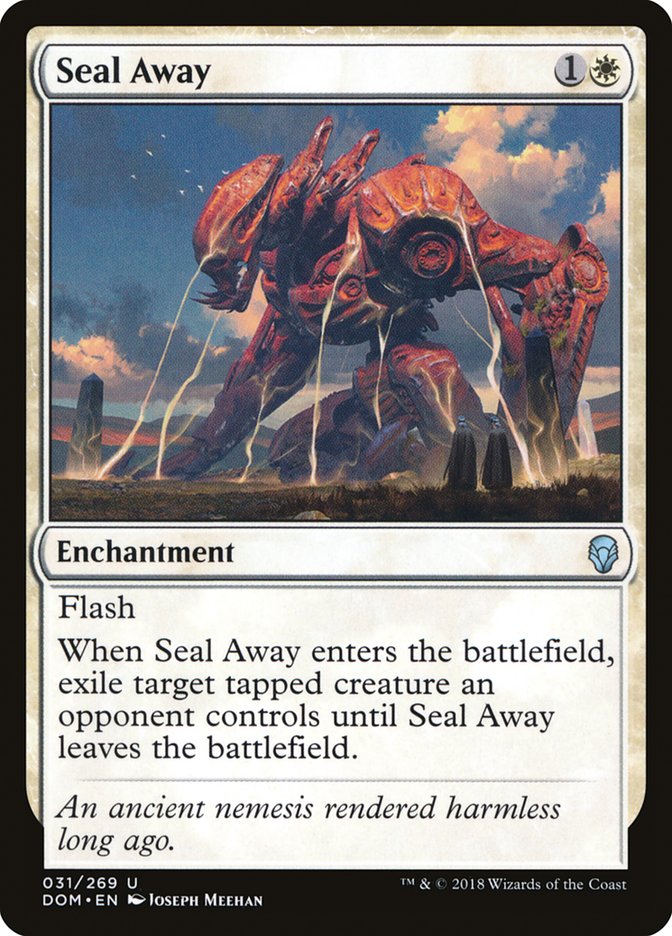
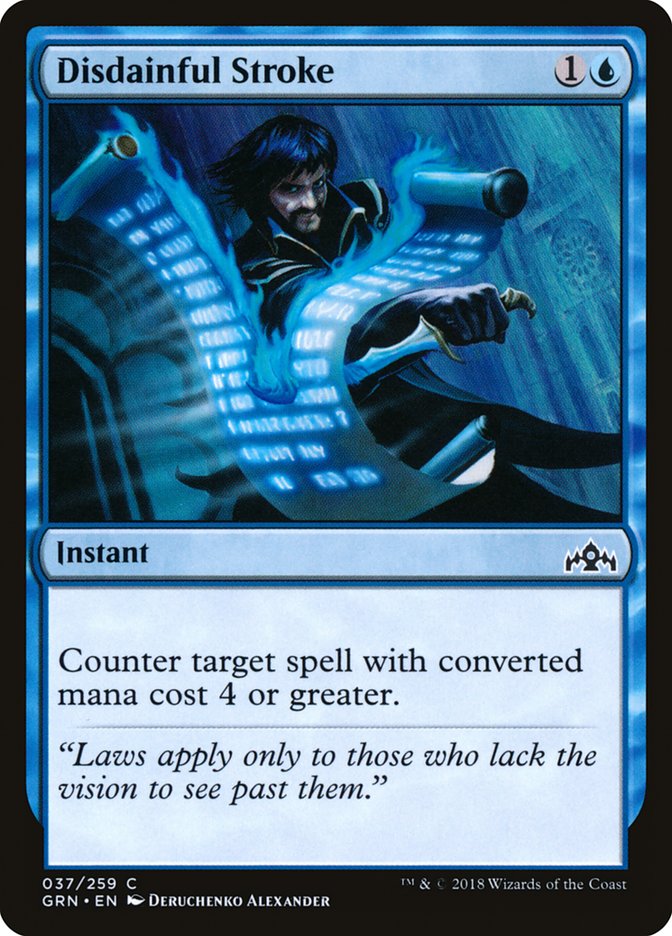
The sideboard is relatively straightforward, with Mystical Disputes and Disdainful Strokes available as counterspells. The latter is especially effective against the influx of Inverter decks making rounds, countering both the Inverter of Truth and Jace, Wielder of Mysteries in their mainboard. For creature-based matchups, Seal Away and Settle the Wreckage provide a fantastic answer to aggressive attacks. The Rest in Peaces are essential for any deck looking to get value out of their graveyard, like Mono-Black with their recurring creatures, the Sultai Delirium lists that constantly self-mill, or Phoenix-based decks. The Devout Decrees provide a means of dealing with multiple archetypes, hitting Mono-Red and Black aggro decks hard, while also creating another way of interacting with Dimir decks looking to board in the dreaded Kalitas.
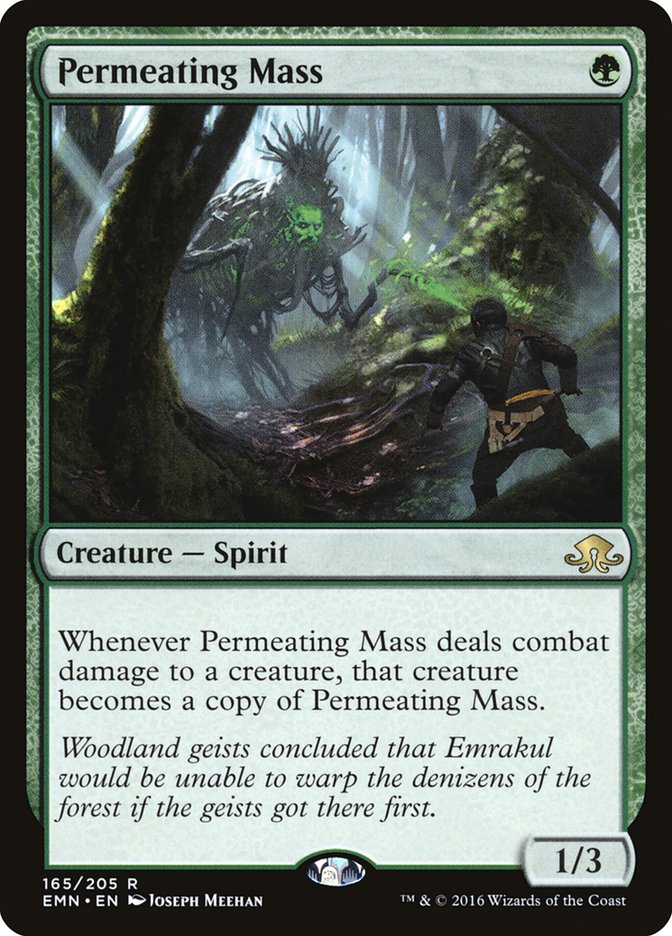
Lastly is my favorite new addition to the deck: Permeating Mass. This card is an absolute bomb against Mono-Red decks, a list that based on the PT results will start seeing more play and popularity. A turn one Mass stonewalls any turn one drop with haste in their deck, and a turn two lord also protects it from everything other than a Lava Coil or Lightning Axe on their turn two, neither of which feels good to 'waste' on a Mass. If able to stick around, it creates very difficult combat decisions for our opponents and often requires them to two for one themselves to deal with it. Not only that, but hitting it off Collected Company before blockers are declared can turn off key threats permanently, and with two lords out will cause their creature to turn into a 1/3 Permeating Mass with three damage marked - causing it to die immediately to state-based effects. Against decks like Izzet Ensoul, blocking with a Permeating Mass causes Ensoul Artifact to fall off the creature, as it loses it's artifact type, removing a significant amount of damage from their board, as well as providing one of the few ways we can deal with an ensouled Darksteel Citadel.
Other Options
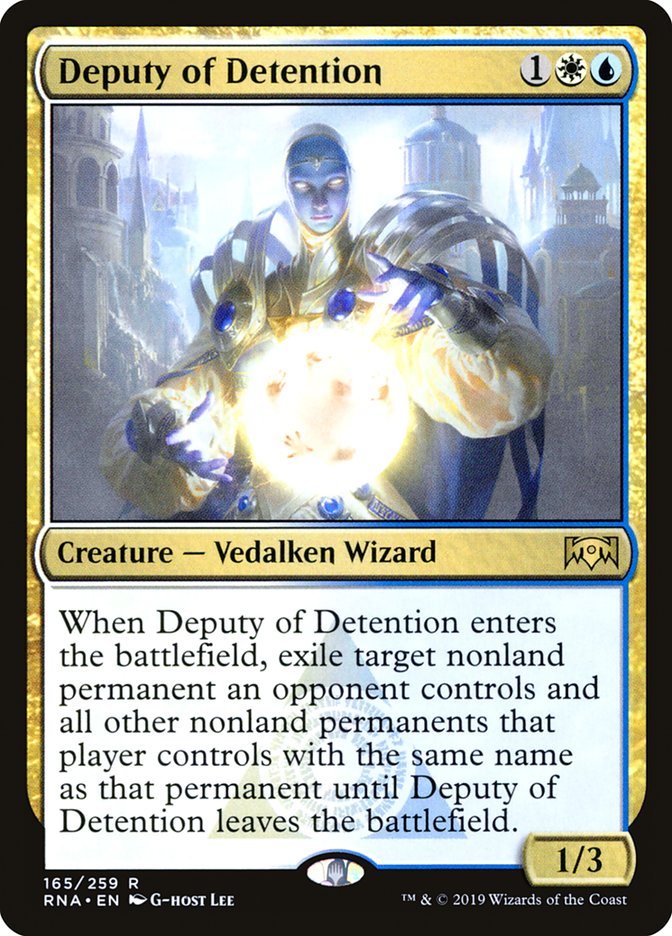
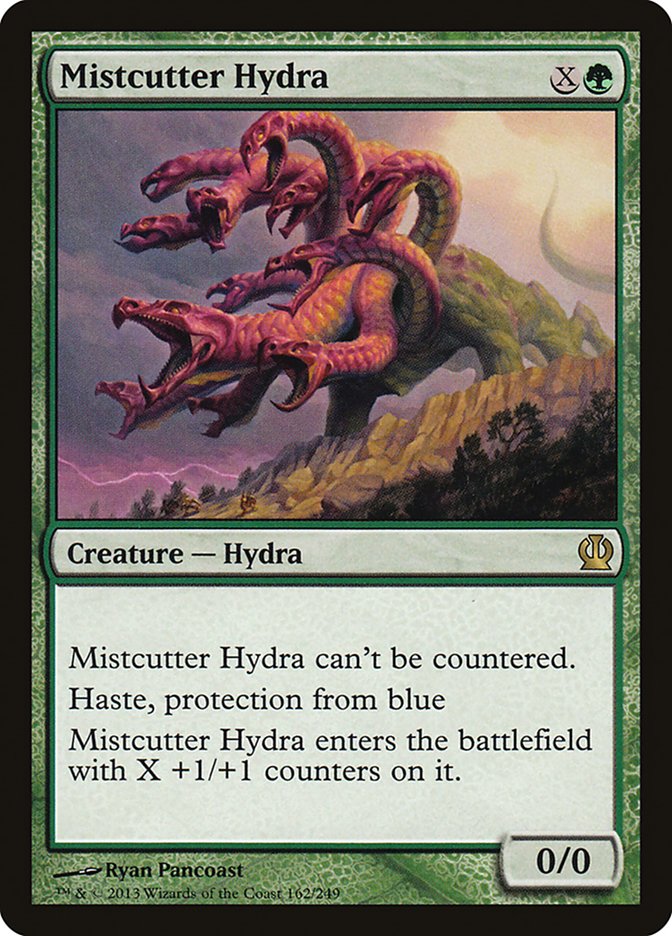
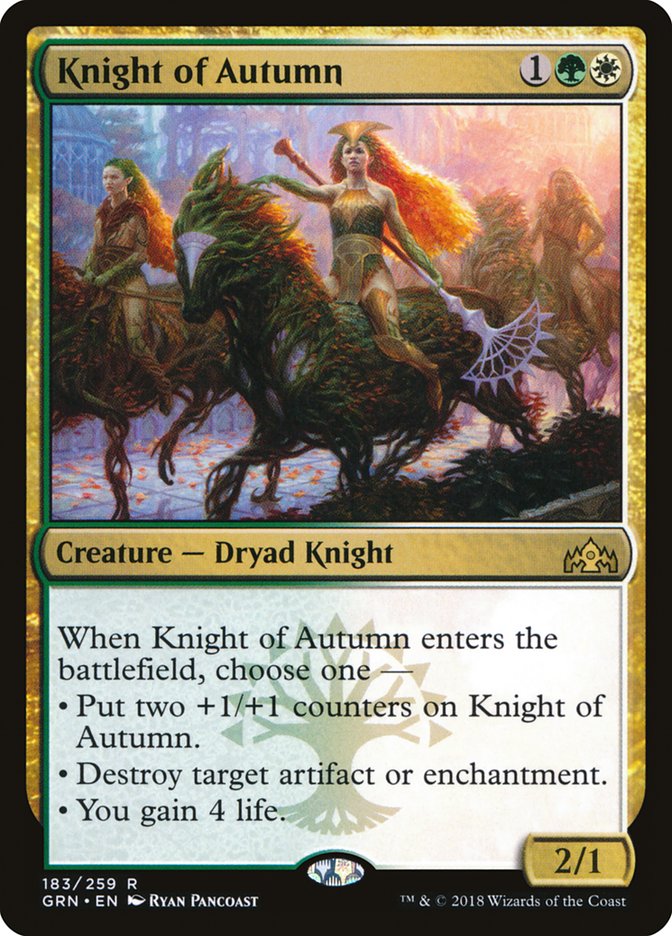
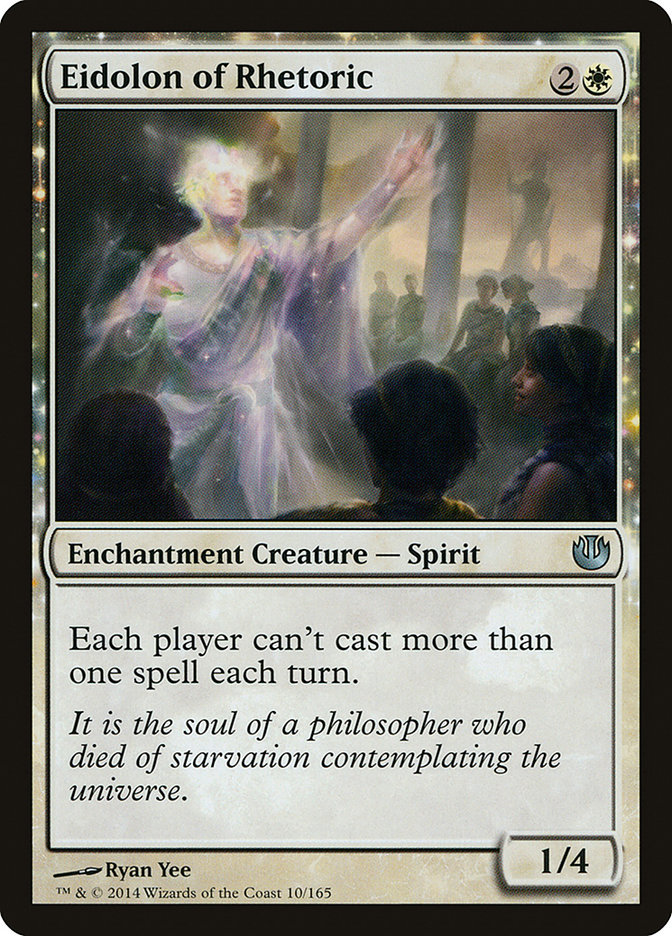
There are absolutely other options you can add to your sideboard, with cards like Deputy of Detention allowing for further interaction with board states (and providing another Collected Company target). In the PT Brussels lists that made top-8 were two copies of Mistcutter Hydra. If your local meta has a lot of Azorious Control, this is a card you're going to want to play. Can't be countered, haste, and protection from Teferi make it a key threat. Late game, it's a great mana sink, with a topdeck sometimes just allowing for an immediate lethal swing. However, I'm hesitant to include it in my list as any deck with access to black can simply Fatal Push it, and hitting it off a Collected Company feels absolutely terrible. Another great sideboard card is Knight of Autumn. Against decks running Walking Ballistas, this card allows for us to get rid of it before it gets out of control. In my experience though, this feels too slow and isn't proactive enough. It also is a great card to board in if there are a lot of Ensoul Artifact based decks, and if the new Sram Auras list takes off. will provide further interaction for their board as well. Finally, if combo decks like Lotus Breach make up a significant portion of your local meta, then running Eidolon of Rhetorics might be a good choice. The ability to prevent players from casting more than one spell is a huge bane if it sticks around. Due to our creatures taking such advantage of flash, this becomes a very one-sided effect.
The Matchups
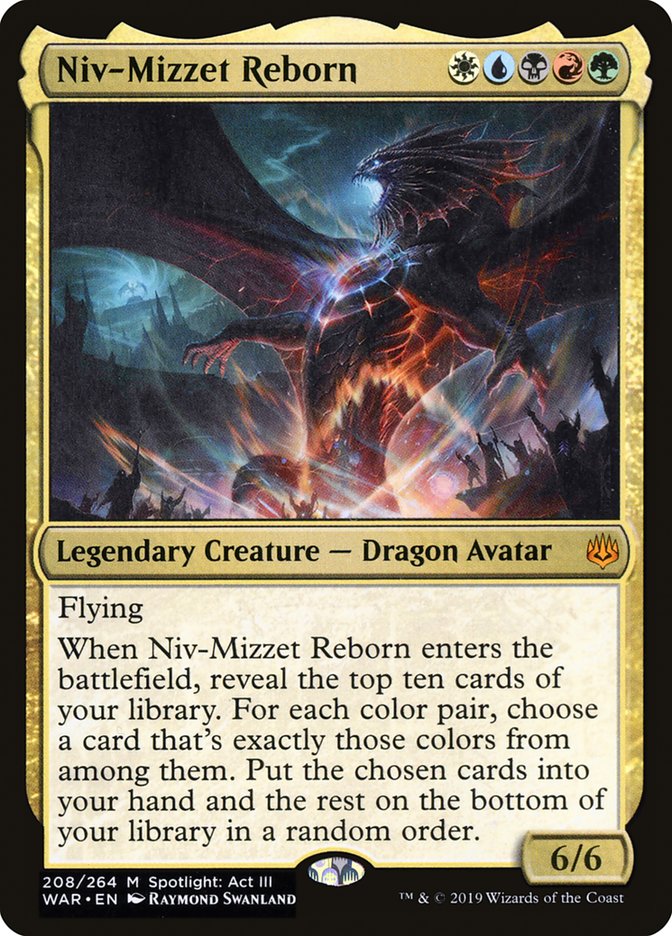
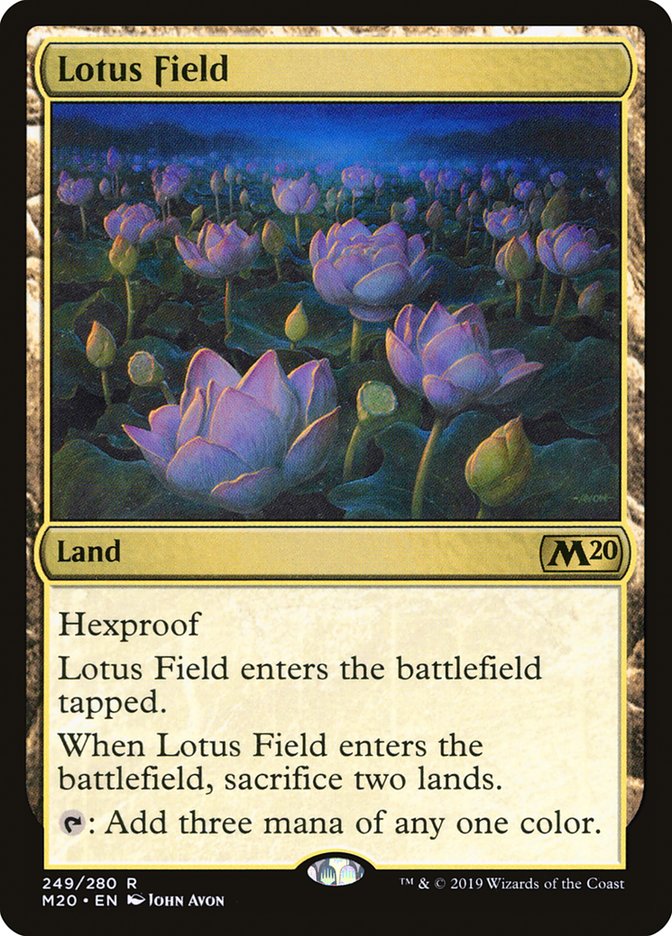
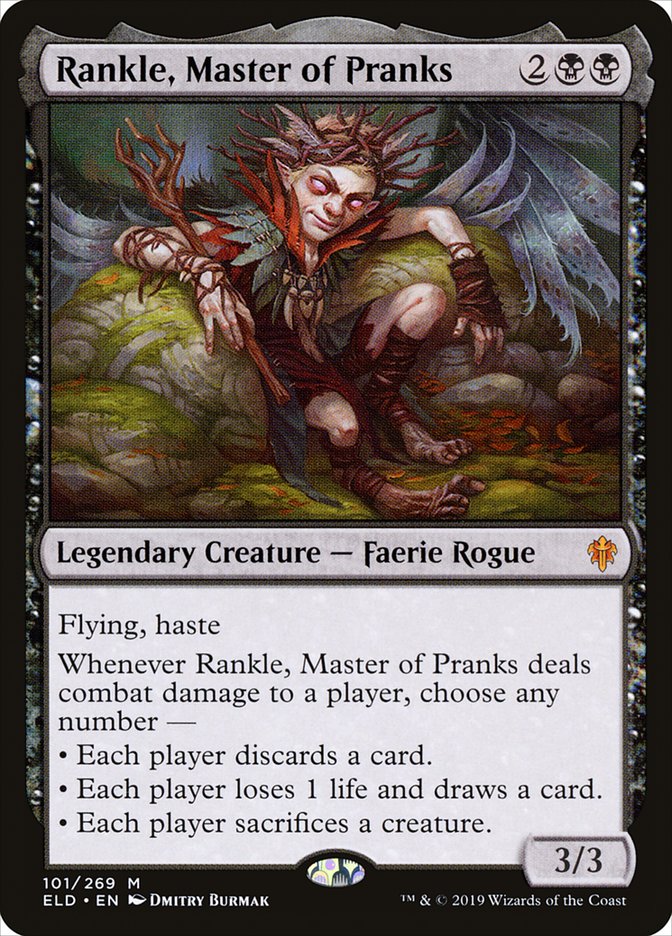
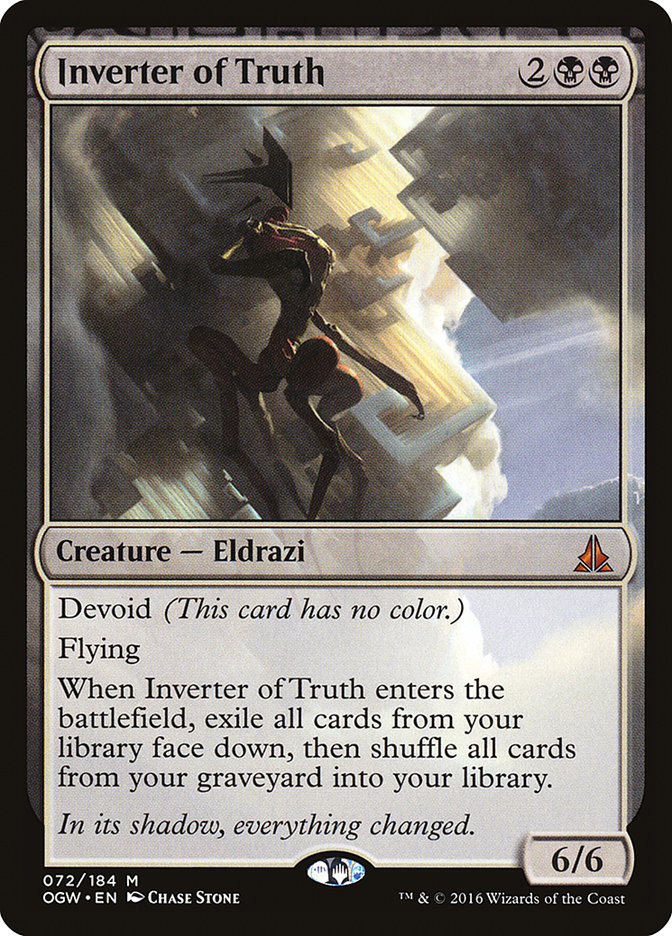
With all that being said, let's take a look at a sideboard guide for the most common matchups in the current meta.
Vs UW Spirits
-1 Rattlechains
The UW version of Spirits is capable of very aggressive starts – which makes relying on turn four Collected Company a little unreliable. The four Mystical Disputes hit almost every card in their deck, while also protecting our own spells from the four disputes that they are likely to board in as well. Because of this aggressiveness, we also elect to keep our Spectral Sailors to ensure we have a turn 1 play, so as not to fall too far behind on board.
Vs UB Inverter
This matchup is all about ensuring we are countering their combo enablers. The Disdainful Stroke provide a great solution to Inverter itself, while also hitting Jace and Kalitas post-board. The Disdainful Strokes (As you will quickly notice) are required to be boarded in against every deck that runs blue, as they will be doing the same.
Vs Mono-Black Aggro
+2 Seal Away
Mono-Black’s low CMC makes Brazen Borrower relatively low-impact, and Spectral Sailor eats all of their removal spells while providing us with little benefits. All of our post-board cards here are fantastic at dealing with Black’s graveyard focused creatures, exiling them outright.
Vs Mono-Red Aggro
+2 Seal Away
Very similar to the Mono-Black sideboard plan, our Mono-Red one brings in all of our spells that exile creatures. The two Permeating Masses are the spicy addition here as discussed above. Creating horrendous attacks for our opponent with few ways for them to deal with it without two for one'ing themselves feels amazing.
Vs Niv to Light
This matchup is similar to Inverter, in that we must ensure that their value engine – Niv-Mizzet Reborn – never hits the battlefield. Unlike Inverter though, we keep around some Nebelgasts as the Niv deck runs significantly more creatures, allowing for it's ETB effect to stay relevant post-board.
Vs Lotus Breach
- 2 Spectral Sailor
+ 2 Rest in Peace
Another combo deck that requires us to board in all of our counterspells! We take out the low impact creatures in Nebelgasts and Spectral Sailors, electing to also remove two Companys to keep our curve low. The two Rest In Peaces neuter Breaches strategy entirely, becoming our most important post-board spell.
And that's Bant Spirits! If you like decks that win with combat (maybe too fair for the lover's of degenerate decks like Lotus Breach and Inverter), then this list and archetype will allow you to play an aggressive deck that is packed with the ways to interact with your opponent. The interactions that Collected Company allows for can help with almost any board state, and putting together a winning line off a Collected Company feels incredible. Sometimes, Collected Company isn’t even needed. Simply curving out with Lords and Wanderers allows for incredibly fast games! Hopefully, if you do decide to try the deck, you'll enjoy it as much as I do. Good luck at your next event, and thanks for reading!

